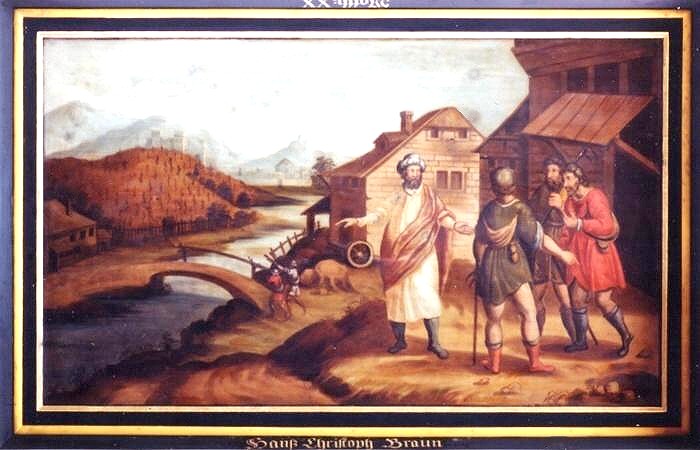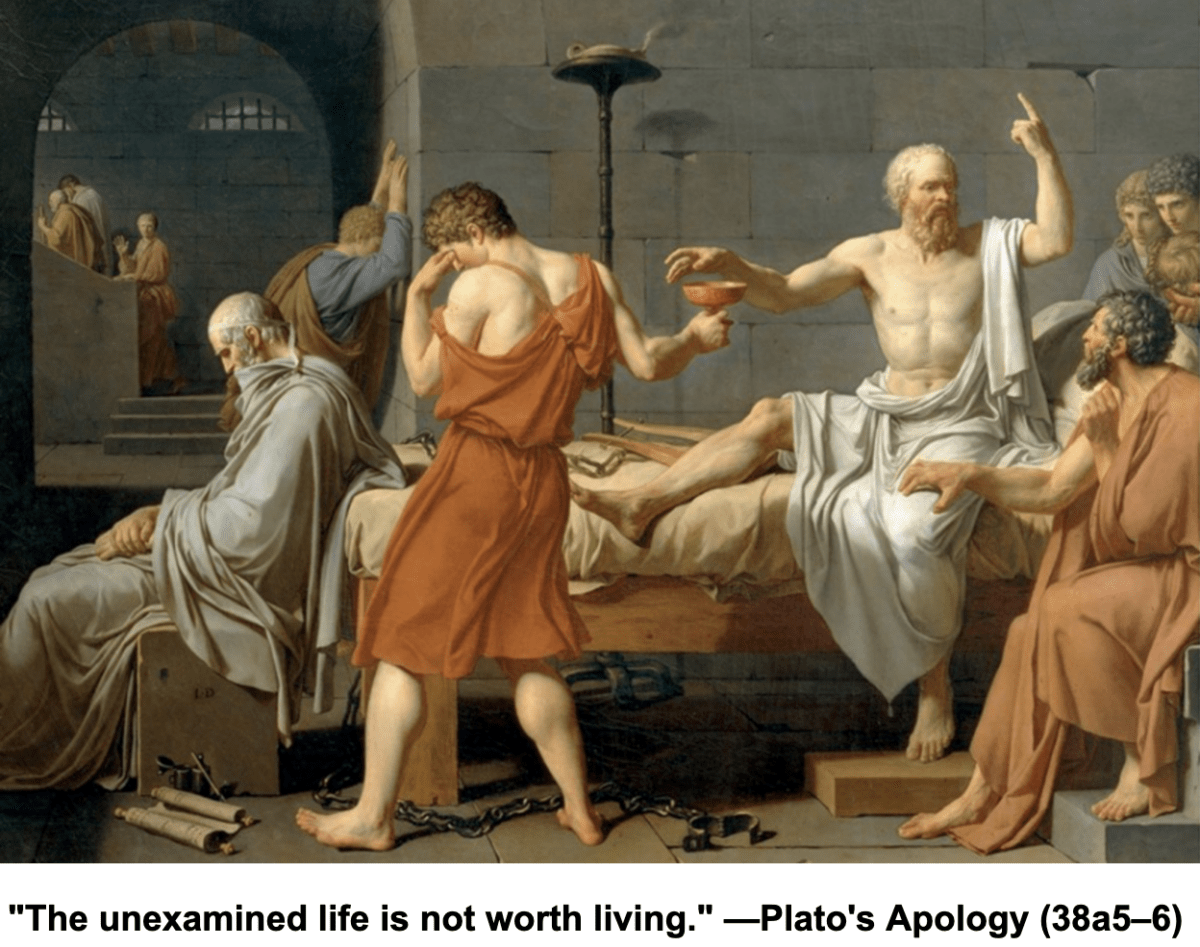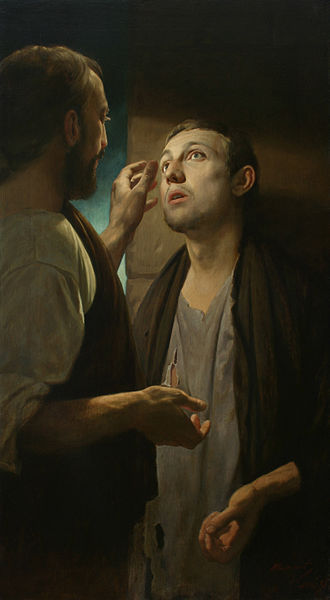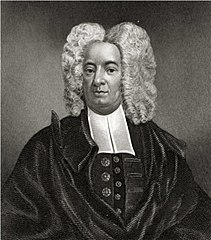A story’s title can prompt the reader to focus on certain aspects of the tale at the expense others, potentially masking its actual meaning. And when the author of the story is not the person who names it—as is the case with Jesus’ parables—the risk of misinterpretation increases. A careful reading of The Parable of the Laborers in the Vineyard reveals that its title is, indeed, a misnomer:[1]
For the kingdom of heaven is like a landowner who went out early in the morning to hire workers for his vineyard.
Matt. 20:1 (NET).



